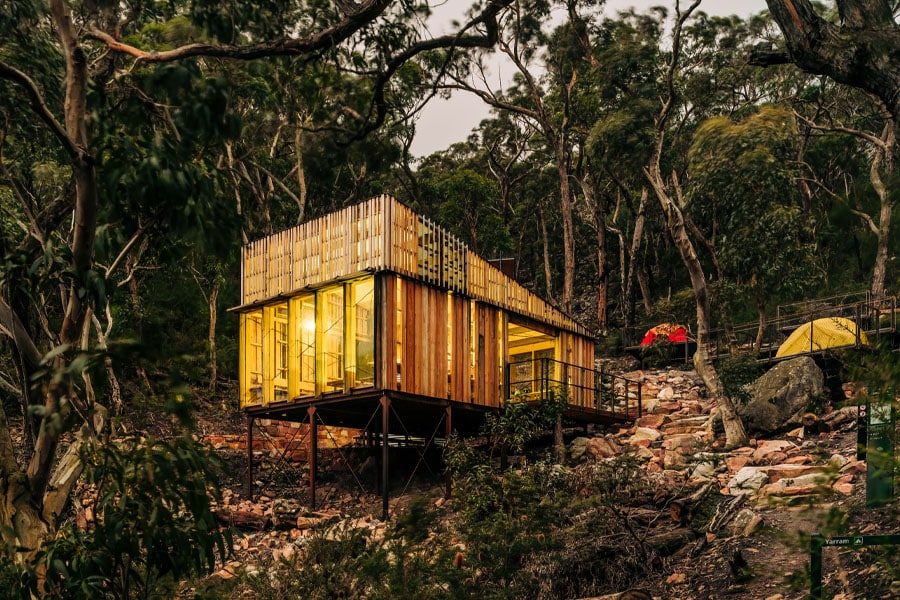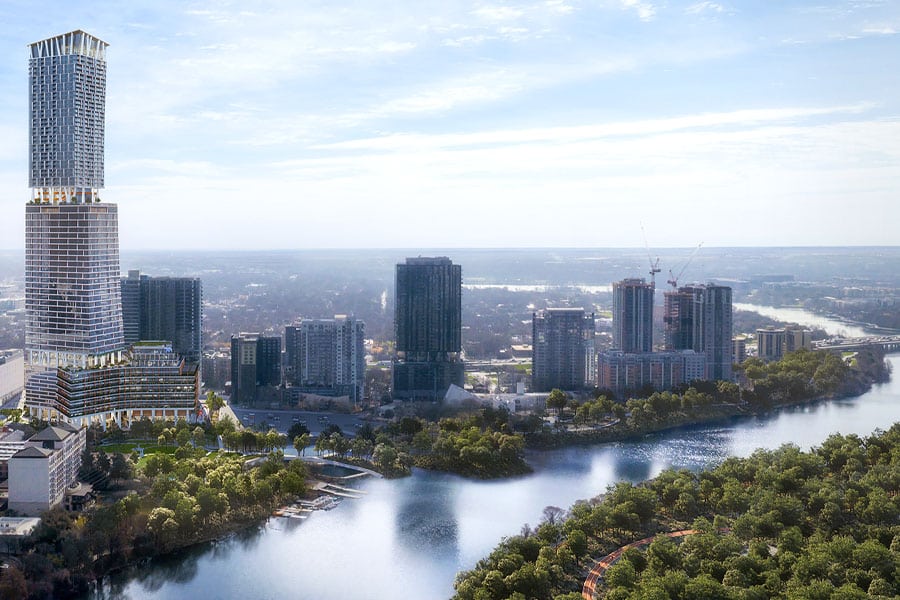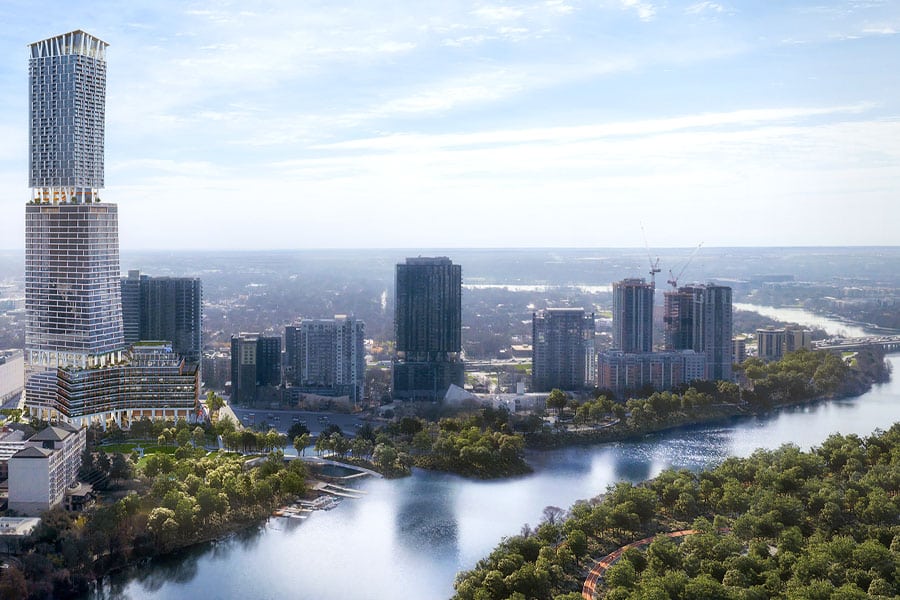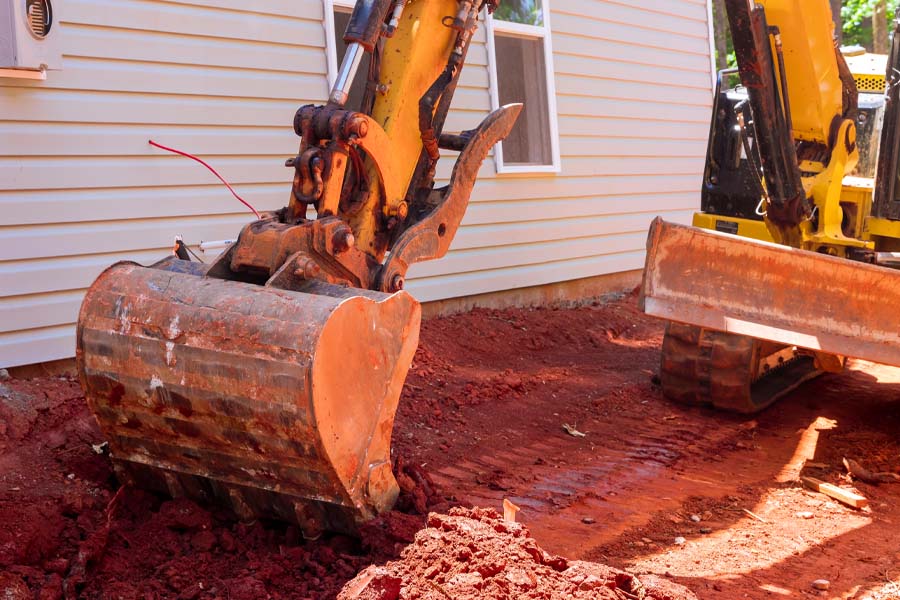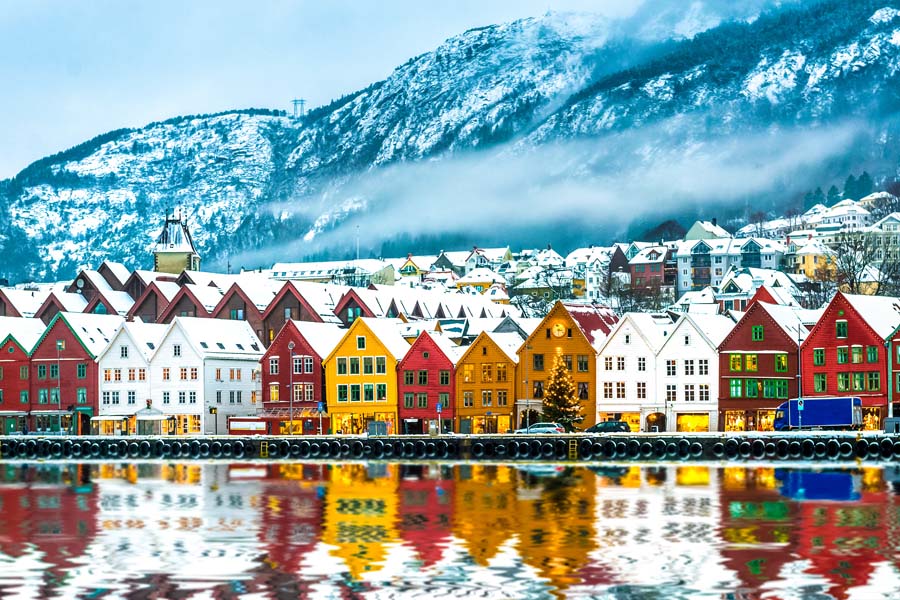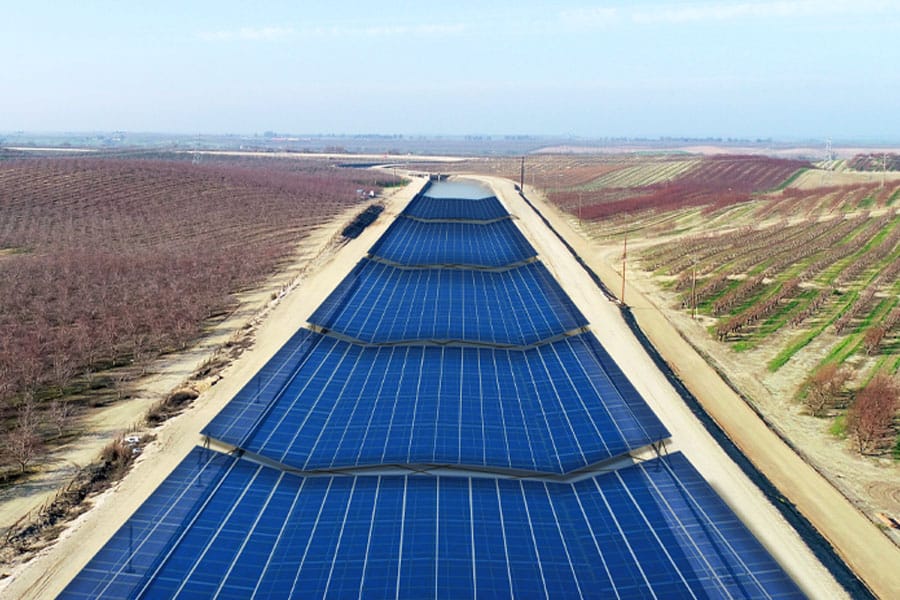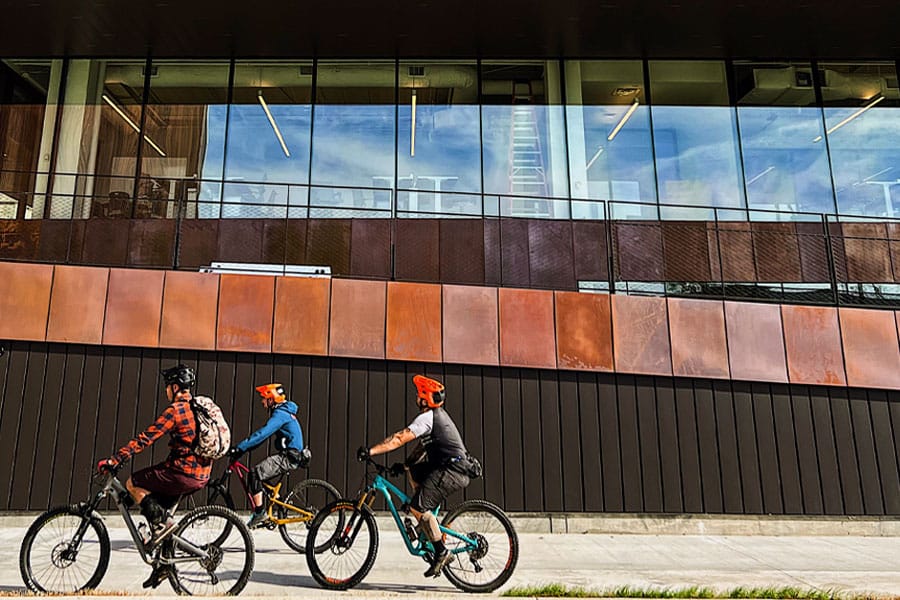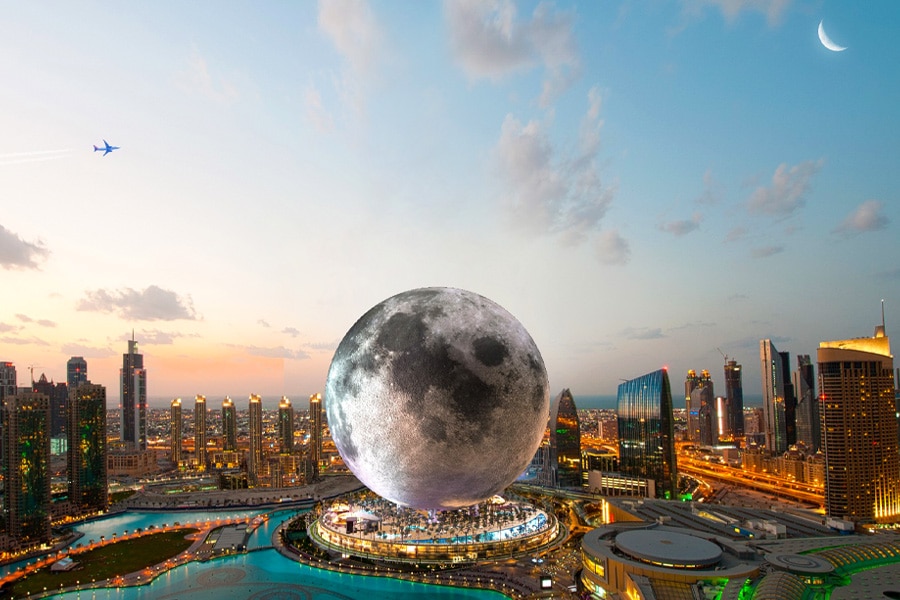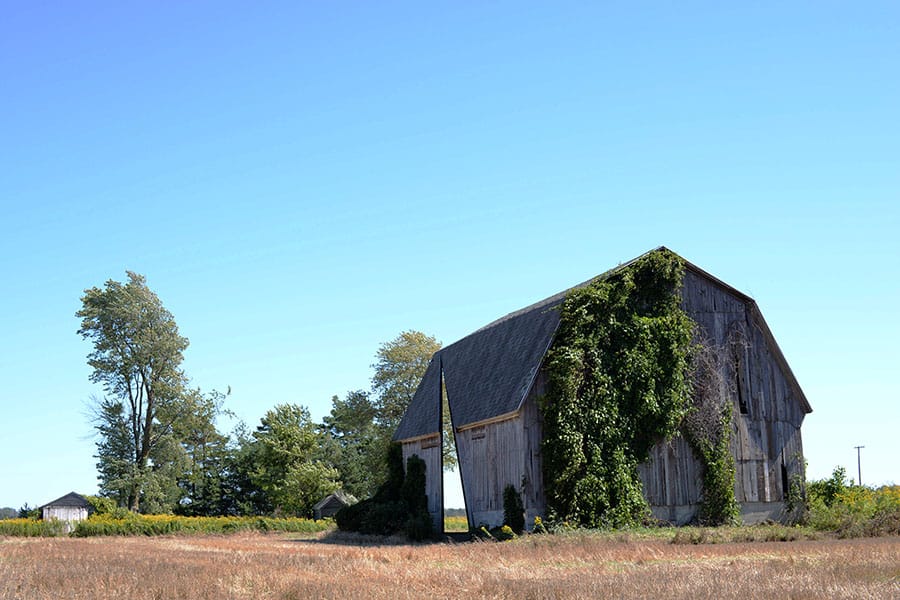Roughing it in the great outdoors is a little more luxurious in these cabins, which underwent a painstakingly detailed and complex design and construction process

AUTHOR
Emily Beyda
Emily Beyda is a novelist and journalist, whose work has appeared in The Austin Chronicle, The Believer, Forbes and Refinery29. For Built, she writes about issues of environmentalism and innovation in the construction industry.
They say everything is bigger in Texas. And in 2026, when Austin’s new Waterline mixed-use project officially opens, it will lay claim to being the tallest building in the state. Take a peek inside its compelling design
They say everything is bigger in Texas. And in 2026, when Austin’s new Waterline mixed-use project officially opens, it will lay claim to being the tallest building in the state. Take a peek inside its compelling design
Stanley ‘Dirt Monkey’ Genadek is an unlikely internet star, having amassed nearly 1 million YouTube subscribers who tune in to watch him perform and comment on relatively humdrum residential construction projects
The Nordic country is already a leader in environmentally responsive building; now it wants to make its construction industry the cleanest on earth. Can it be done?
Thousands of miles of open-air aqueducts traverse the state, but evaporation losses make them susceptible to waste. One project aims to solve the problem with a clean-energy producing solution
This six-story Arkansas community center features exterior built-in bike ramps, allowing cyclists to access any of its floors on wheels
Say what now? That’s right—most would agree that mushrooms sauteed with onions atop anything is delicious. It turns out the ingredient may also be a game-changer as a building material that also helps reduce construction waste
Moon World Resorts wants people to vacation on the moon—but instead of sending travelers into space, it aims to replicate the experience here on Earth
For artist and architect Catie Newell, Secret Sky is part of a larger practice of fashioning meaning from unexpected rediscoveries of the conventional built environment (From 2022)

